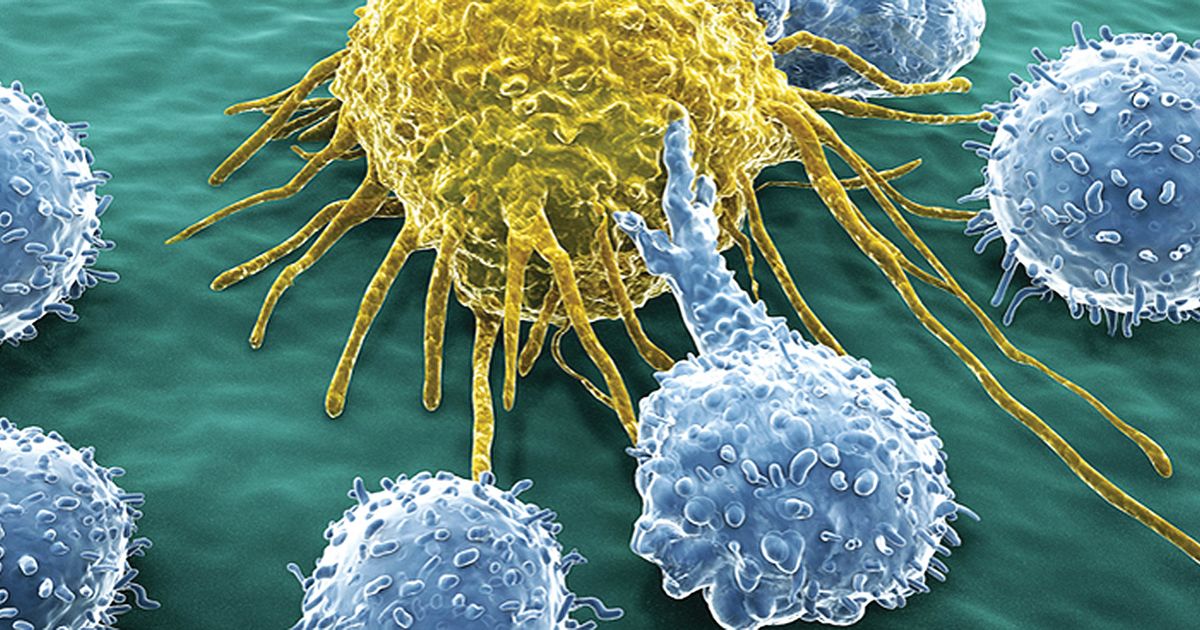Treating And Preventing Stevens-Johnson Syndrome
Stevens-Johnson syndrome, also called toxic epidermal necrolysis, is a rare infectious reaction that infects the skin's mucous membranes, eyes, and genitals. Fewer than twenty thousand cases are diagnosed each year, but the condition requires emergency treatment and potential hospitalization. The reaction begins with flu-like symptoms followed by a purple or red rash with blisters that appear on the skin. The painful reaction can take several weeks or months to health, and medical supervision can ensure symptoms are managed and there aren't any major complications while the skin sheds, heals, and regrows. Learn about the ways in which individuals can treat and prevent Stevens-Johnson syndrome now.
Only Taking Essential Medication

Stevens-Johnson syndrome is unpredictable and can be triggered by a variety of medications or infectious diseases. Patients may not experience a reaction right away, or they may find they suddenly fall ill after starting a new medication. It's important to note just because they're on medication for an illness, worsened symptoms are not normal and should be addressed with a doctor immediately.
Many common over-the-counter medications can cause Stevens-Johnson syndrome including analgesics such as ibuprofen, acetaminophen, and naproxen sodium, anticonvulsants or antipsychotic medication, and antibiotics like penicillin. Patients should only be taking essential medications and find alternative forms of treatment when possible. Patients should always consult with their doctor before beginning a new medication to discuss possible side effects and risks.
Reveal the next method of treating Stevens-Johnson syndrome.
Apply Cool Compresses

Cool compresses can help alleviate pain on patches of red, raw skin. Blisters and affected areas will have to be routinely sterilized and bandaged to prevent infection. During the healing process, skin can become inflamed and highly sensitive.
Patients can apply cool compresses to naturally ease the pain of the rash and find some comfort. A doctor can also prescribe patients an unscented moisturizer to apply to their skin, which will help prevent it from drying out and cracking. While healing, it's important to find strategies for pain management not related to medications, which could trigger adverse reactions. Doctors can give patients medical-grade compresses and recommend additional forms of treatment to soothe symptoms while the skin regrows.
Continue reading to discover more methods for treating Stevens-Johnson syndrome now.
Fluid Replacement

In some cases, Stevens-Johnson syndrome patients will need fluid replacements through a nose tube (nasogastric tube) that leads to the stomach. Skin loss can cause significant fluid loss as well, which can cause a nutritional deficiency. Burn victims often receive fluid replacements to keep their bodies stable after trauma, though Stevens-Johnson syndrome patients usually require only two-thirds to three-quarters of the amount burn victims receive.
Replacing fluids medically helps prevent shock and potential organ failure. Adequate hydration and nutrition are vital to the recovery process, and the body must be at its full potential to fight off infection and heal as quickly and thoroughly as possible.
Get the details on more treatment options for Stevens-Johnson syndrome now.
Immune-Related Treatment

Stevens-Johnson syndrome is an immune-related reaction, and some individuals are genetically predispositioned to experience the reaction more than others. The reaction can also be caused by diseases that leave immune systems compromised.
Genetic testing before taking medication can help prevent the condition, but in the event it occurs, immune-related treatment can help speed up the recovery process. Immunotherapy boosts the body's natural defense system and can help speed up recovery. It's a popular form of treatment for cancer patients, but it can also be used to help burn victims.
Learn all about more ways to treat and prevent Stevens-Johnson syndrome now.
Care From An Ophthalmologist

Stevens-Johnson syndrome can cause severe eye problems and damage. Working with an ophthalmologist can help prevent permanent damage and vision loss. The reaction can cause extremely dry eyes, so patients are often given ocular lubricants with artificial tears and lubricants. These drops help keep the eyes moist and prevent scarring and injury.
Depending on the severity of the condition, different interventions and preventive therapies can be taken. Around twenty percent of Stevens-Johnson syndrome patients have structural damage to their eyelids. Preventative care from an ophthalmologist can help ensure no further damage is sustained and patients can maintain their vision as they recover.
